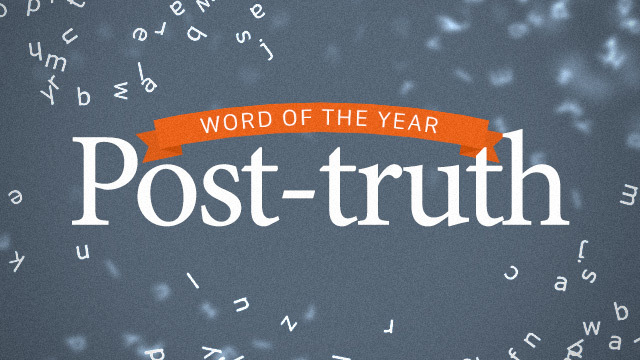
I have talked a lot about current media and instances of fake news over the last few blogs. Let's turn the dial back now (our AM/FM dial) and talk about a very famous fake news story that was delivered via the radio.
I am not sure if everyone will be familiar with this story, because it happened so long ago. I thought I would share it now, in this era of fake news stories to show that "fake news" is not new, it just seems more prevalent now because we are hearing about it so often.
There was a time, when the radio served as the family gathering point for entertainment and news. This era was referred to as the Golden Age of Radio, when people would tune in to their favorite shows ranging from Guiding Light to the evening news with Walter Cronkite.
On the eve of Halloween 1938, actor Orson Welles performed an adaptation of H.G. Well's The War of the Worlds. His adaptation took the form of a breaking news story, containing sound effects and briefings from government officials. The breaking news story was a Martian invasion in New Jersey. This may seem like a far-fetched story to believe, but it caused hysteria. There were reports of stampede's, suicides and jammed phones lines to the police, newspapers, and radio stations from panicked residents.
Is the panic outlined in this story real or is it legend? Could this fake news story also have another layer of fake news attached to it?
Did newspapers use this opportunity to show that radio was unreliable and untrustworthy? Was the panic real? Did Orson Welles intend on deceiving listeners, or did he think the story was so far fetched, no one would take it seriously?
I will leave it for you to decide.......






